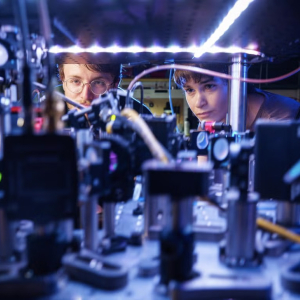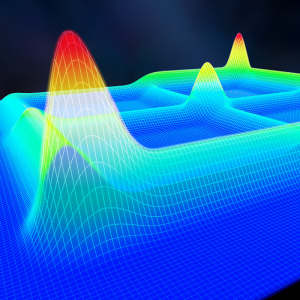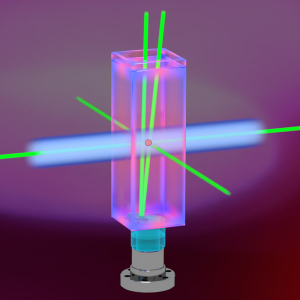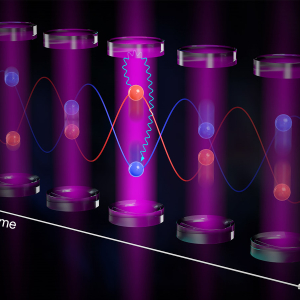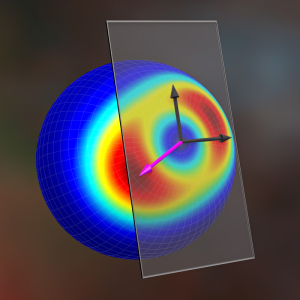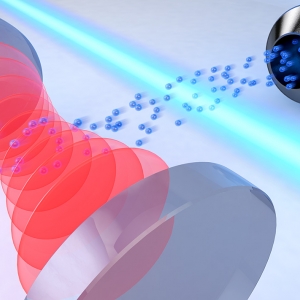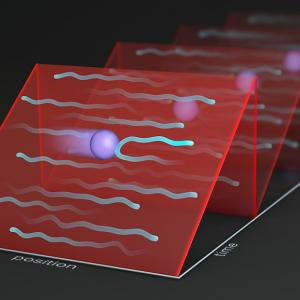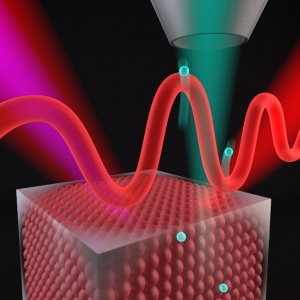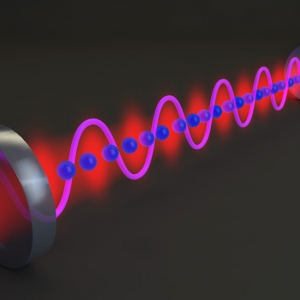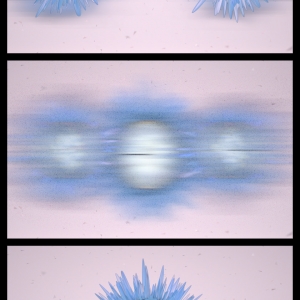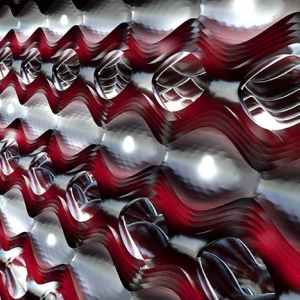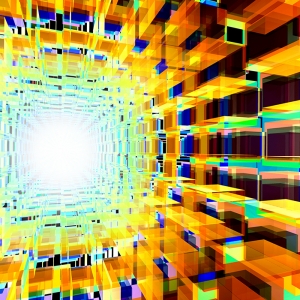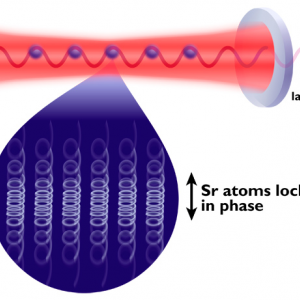Research Highlights
Atomic & Molecular Physics | Laser Physics | Quantum Information Science & Technology
New quantum navigation device uses atoms to measure acceleration in 3D
Published:
PI: Murray Holland
Laser Physics | Quantum Information Science & Technology
Combining Machine Learning with Quantum Metrology: Making a Universal Quantum Sensor
Published:
PI: Murray Holland
Precision Measurement | Quantum Information Science & Technology
Meet the JILA Postdoc and Graduate Student Leading the Charge in a Multi-Million-Dollar NASA-Funded Quantum Sensing Project
Published:
PI: Murray Holland
Precision Measurement | Quantum Information Science & Technology
Twisting and Binding Matter Waves with Photons in a Cavity
Published:
PI: Ana Maria Rey | PI: James Thompson | PI: Murray Holland
Precision Measurement | Quantum Information Science & Technology
Making Use of Quantum Entanglement
Published:
PI: Murray Holland
Laser Physics | Quantum Information Science & Technology
Laser Cavities and the Quest for the Holy Grail
Published:
PI: Murray Holland
Atomic & Molecular Physics
A Little Less Spontaneous
Published:
PI: James Thompson | PI: Murray Holland
Laser Physics | Nanoscience
The Great Escape
Published:
PI: Henry Kapteyn | PI: Margaret Murnane | PI: Murray Holland
Atomic & Molecular Physics
Talking Atoms & Collective Laser Supercooling
Published:
PI: John (Jinx) Cooper | PI: Murray Holland
Quantum Information Science & Technology
The Quantum Identity Crisis
Published:
PI: James Thompson | PI: Murray Holland
Atomic & Molecular Physics
Dealing with Loss
Published:
PI: Ana Maria Rey | PI: Deborah Jin | PI: Jun Ye | PI: Murray Holland
Laser Physics
A Quantum Leap for Precision Lasers
Published:
PI: Murray Holland | PI: Jun Ye





